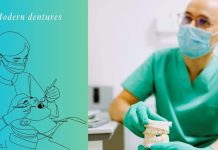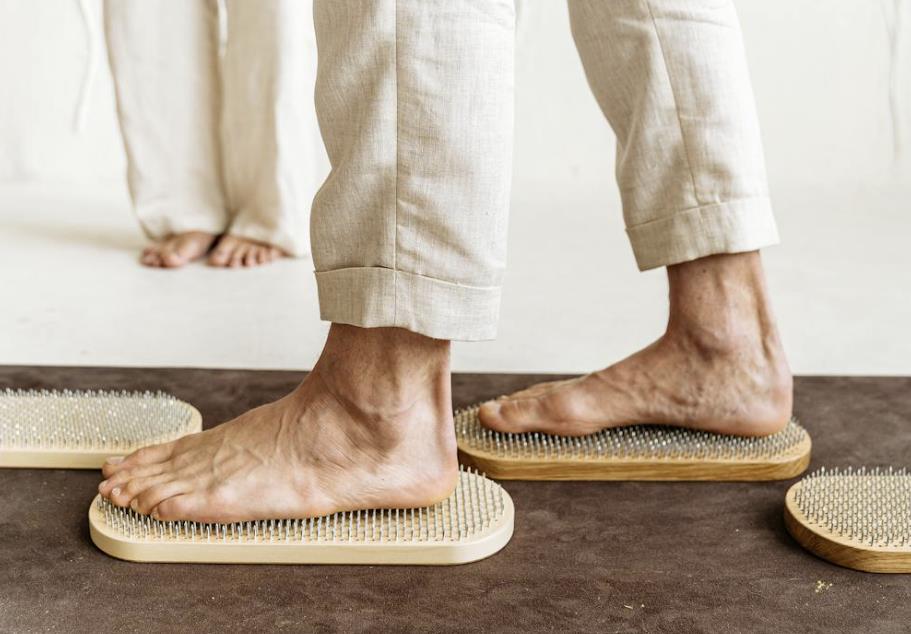In the conventional dentistry, a dentist uses X-rays, and visual inspection to determine whether you have cavities during a checkup. It is not pleasant to hear the dentist tell you that you have a cavity. In dental school, dentists are taught to remove diseased parts of teeth and replace them with synthetic materials following surgery to treat dental caries.
Fear of the dentist
Many people are afraid of the dentist and there is a valid reason why. Their bodies give them a strong message, through feelings of fear and avoidance. “Do not drill another hole in my teeth!”
Drilling of the teeth
Conventional dentists use high-speed drills, which drill up to 350,000 rotations per minute. Therefore, during drilling procedures they usually save time. Drilling at high speeds causes high friction and increases the temperature of the tooth nerve, resulting in irreversible nerve damage in 60% of cases. Moreover, the high speed can shatter tiny nutrient tubules within the teeth due to negative vacuum pressure.
During the 1800s, dentists filled painful teeth with cavities with gold in a careful manner. In those days, gold wouldn’t have been affordable for most people; one filling today would cost $10,000. In the 1830s, many people were unable to afford dentistry, so the Crawcour brothers brought a cheap gold alternative to America – Bell’s putty. It was possible to fill teeth in two minutes with Bells putty, which consisted of melted silver coins mixed with mercury.
It was effective in the short term, but the mercury was highly toxic, and many teeth discolored or died as a result of mercury exposure. Peddlers selling mercury-containing “health” potions and salves were called quacksalbers by dentists who placed mercury fillings.
In 1856, the American Society of Dental Surgeons fell apart due to the economics of mercury fillings instead of gold. Mercury-laden fillings were promoted by the American Dental Association in the early 19th century.
The fate of our teeth was forever changed in 1896 by dentist G.V. Black. Mercury fillings were reformulated to make them less toxic and last longer. The principle of “extension for prevention” summarizes his drilling protocols as well.
By drilling a larger hole (extension), you will give the tooth more time before it needs to be retreated. Modern dentistry is based on this technique, although it has changed somewhat in modern times. G.V. Black’s “innovations” included drilling away all the discolored tooth structure so that a mercury filling could be inserted securely within the tooth.
Dental schools teach dentists to drill big holes in teeth so that mercury fillings can be placed properly. Over the last century, dentists have enthusiastically drilled parts of our teeth that are not decayed or that can remineralizer because of this procedure.
When we extend our teeth for prevention, we lose a healthy tooth structure. This dilemma was explained to me by a dental student from India: I drill teeth every week as a dental student. It’s more accurate to say that I must do this in order to pass my exams. I feel for my patients when I see them sitting on the dental chair with their eyes closed, losing their tooth structure for good.







